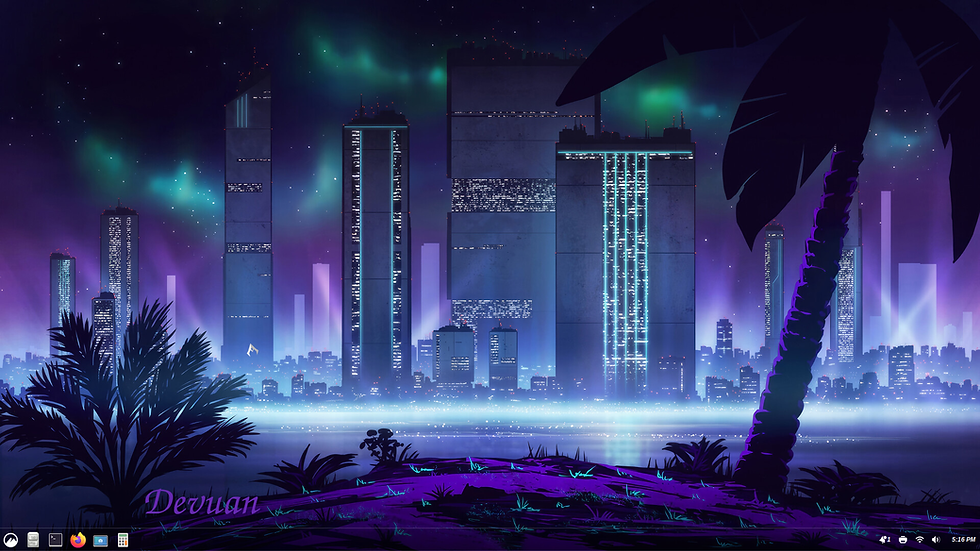How To Update Slackware 15 Stable
- writerforlinux
- Dec 17, 2024
- 3 min read
I installed Slackware back in the summer of 2011 and I honestly have to say that it's been the most reliable Linux distribution I've ever had and ran for 12 years.

Fortunate, I was, when I started talking to a Linux Guru. He later, became my Linux Master.
He taught me a lot about Slackware and Linux in general: however; I still had to read the documentation to get to know the system and learn and understand how Mr. Volkerding designed and created it to run.
Keeping your Slackware system up-to-date is important.
Before you can update the system you first need to edit the slackpkg mirrors file.
See the screenshot below.
To do that you can use vi/vim or nano with root privileges.
***You only need to un-comment one mirror.***
By "un-comment" I mean placing your cursor on the right hand side of pound sign in front of the mirror/ repository that you want to use to update your system. Pressing the backspace key will remove/un-comment the pound sign.
See screenshot below.

To become the root user in Slackware you'll need to open your terminal and type su -. That's type su, press the space bar once, then, type the hyphen - and then press the Enter key.
Once your running with root privileges you'll be free to pen the mirrors file.
Type this at the root prompt:
vim /etc/slackpkg/mirrors and press Enter. Or> if you're using nano you would type nano /etc/slackpkg/mirrors.
Once you see your country un-comment that mirror and save your changes.

To save and quit in vim use the colon and the wq like this:
:wq.
To save and quit in nano hold down the CTRL key plus the letter O (letter o key) at the same time. Press the enter key once and then hold down the CTRL key plus the letter X to exit.
Now that you have edited your mirrors file and selected a mirror you can update your Slackware system.
With root privileges type:
slackpkg update

If an update is available it will take off (text in the command-line will move quickly) and when finished the text will return to your command-line prompt.
Next, you'll want to upgrade any packages on the system.
slackpkg upgrade-all

Then install any new packages as well if you like what slackpkg show's you. The command is below in the screenshot.
slackpkg install-new

In this additional screenshot below is the menu that appears when you press the enter key after running 'slackpkg install-new'.

If you don't want to install those packages shown in the menu press the space bar to remove the asterisk [*] or simply use the right arrow key to highlight cancel and then exit the root terminal by typing exit. They will remain there until next time you run the above command.
There is one other command that you can use for Slackware and that's slackpkg clean-system.
I personally don't use that command as it hasn't yet produced any activity on my Linux box.
That's all that you need to do to keep your Slackware 15.0 Stable system up-to-date.
As far as: installing packages, removing packages, using the package management system tools and the like, I'll have to cover (installing packages) in another tutorial as those things (installing packages) are exceptionally in depth in some cases.
Thanks for stopping by and as always, drive your Linux safe.
Alex


Comments